Treatment
Used in correcting spacing, crowding, cross bite and crooked alignment.
 Metal braces are made of high grade stainless steel .
Metal braces are made of high grade stainless steel .
Ceramic braces are made of translucent (clear) material.
Both material works the same way.

Bracket (shaped metal or ceramic) is fixed to the teeth .A wire held with elastic runs through each bracket and aligns the teeth to a required position with gentle pressure on the tooth.
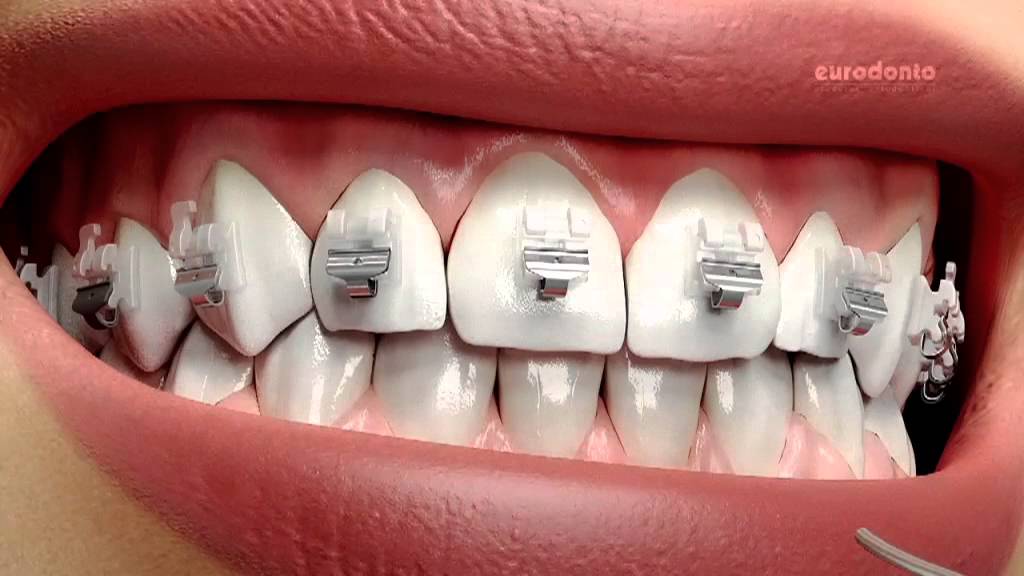 Self- ligating braces are advanced form of braces which do not require elastics.
Self- ligating braces are advanced form of braces which do not require elastics.
Self ligating brackets are available in metal and ceramic.
Conventional braces are tied in with elastics , which cause friction and pressure, making treatment slower and less comfortable.
There is a lock mechanism in the braces to hold the wire which make the tooth to move more freely,quickly and comfortably.
Unlike conventional braces which uses elastics ,self ligating braces do not attract plaque and enables to maintain optimual dental hygiene throughout the treatment.
 Fixed braces are placed on the inner surface of teeth for teeth straightening.
Fixed braces are placed on the inner surface of teeth for teeth straightening.
There may be initial tongue irritation,eating and speech difficulties but very soon all will get better when you get used to your braces.
There is no age restriction, provided the gum and the bone tissues are fundamentally intact.
 Invisalign (teeth alignment without braces)
Invisalign (teeth alignment without braces)
Used to correct crowding ,spacing ,underbite,overbite and cross bite.
Invisalign straightens your teeth using a series of clear, removable, and comfortable plastic aligners that no one can tell you’re wearing.
Invisalign is custom made to fit your teeth using 3D computer imaging technology
Advantages
✓ No metal bands to trap the food like conventional braces
✓ Less time required for dental adjustment.
✓ Easy to remove for eating, drinking, brushing alone.
✓ Allows to view your own virtual treatment plan until teeth alignment completion.
Dis-advantages
✗ Treatment results depend on patient compliance and motivation in wearing the invisalign.
✗ Not suitable for correction of severe mal- alignments.
✗ Any dental restorations after your start of treatment may alter the fit of your aligners.
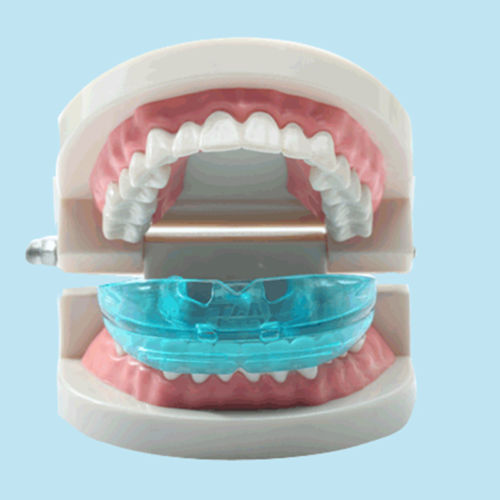 This is used to move the teeth into a better relationship using gentle tipping.
This is used to move the teeth into a better relationship using gentle tipping.
They do not change the position of tooth root unlike fixed braces.
These are used in combination with springs,screws and bite planes to reduce mild cases of crossbite ,overbite and crowding.
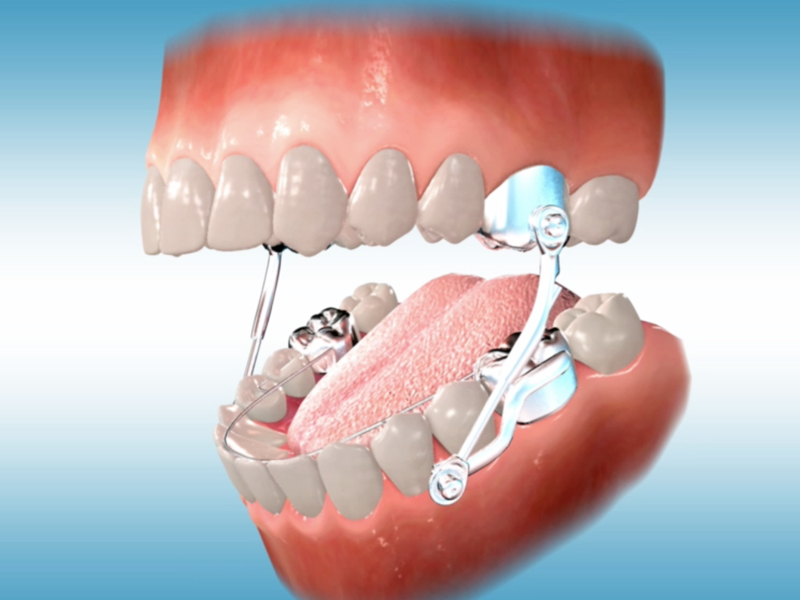 Corrects mal alignment by applying controlled movements on the developing teeth and musculature during growth phase of the jaws.
Corrects mal alignment by applying controlled movements on the developing teeth and musculature during growth phase of the jaws.
Functional appliances are used to put the jaws in balance, achieve good facial muscle function and create natural facial proportions.
Functional appliance treatment may also be used in combination with fixed appliance to correct the jaw growth problems.
 These appliance fits around the head and neck and brings skeletal growth modification and guides the tooth position in upper or lower jaw during growth phase.
These appliance fits around the head and neck and brings skeletal growth modification and guides the tooth position in upper or lower jaw during growth phase.
Your orthodontist will instruct you on the method of wearing the appliance.
Orthopedic appliances are worn intermittently for 10-12 hrs / day during evening and at night.
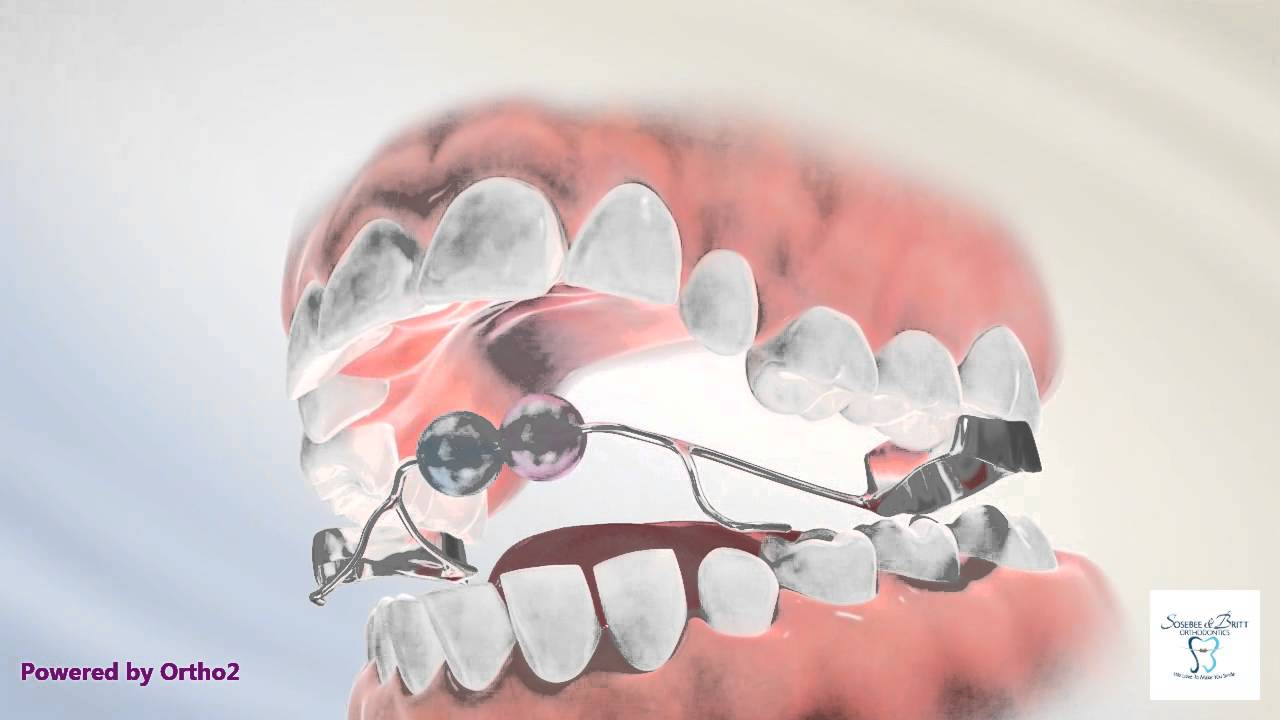 For habits such as Thumb sucking ,mouth breathing and tongue thrusting early treatment is necessary to correct the developing mal -alignment.
For habits such as Thumb sucking ,mouth breathing and tongue thrusting early treatment is necessary to correct the developing mal -alignment.
There are removable and fixed appliance are used to discontinue habits and prevent abnormal changes in the position of tooth and jaw.
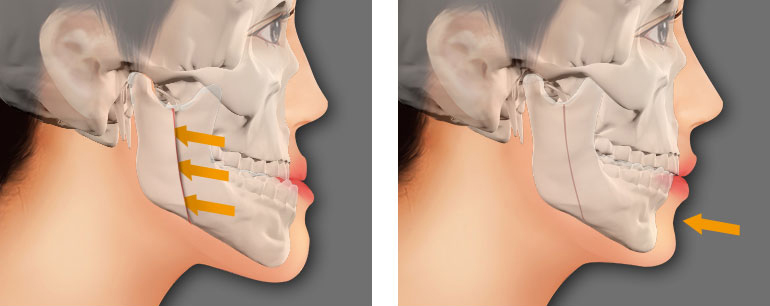 Jaw surgery may be needed when there are major differences in the size or position of the upper and lower jaws.
Jaw surgery may be needed when there are major differences in the size or position of the upper and lower jaws.
If your orthodontist thinks you will need jaw surgery, he or she will refer you to an oral and maxillofacial surgeon.
Surgical correction of jaw position may require pre or post teeth alignment with fixed appliance.
 Once the active orthodontic appliances are removed, the patient will receive retainers (fixed or removable) to stabilize the dental correction.
Once the active orthodontic appliances are removed, the patient will receive retainers (fixed or removable) to stabilize the dental correction.
Because the bone and soft tissues surrounding the teeth are stabilizing for several months after braces are removed, it is imperative that the retainers are worn as instructed.
Failure to wear the retainers may result in undesirable movement of the teeth, which could necessitate re-treatment.
